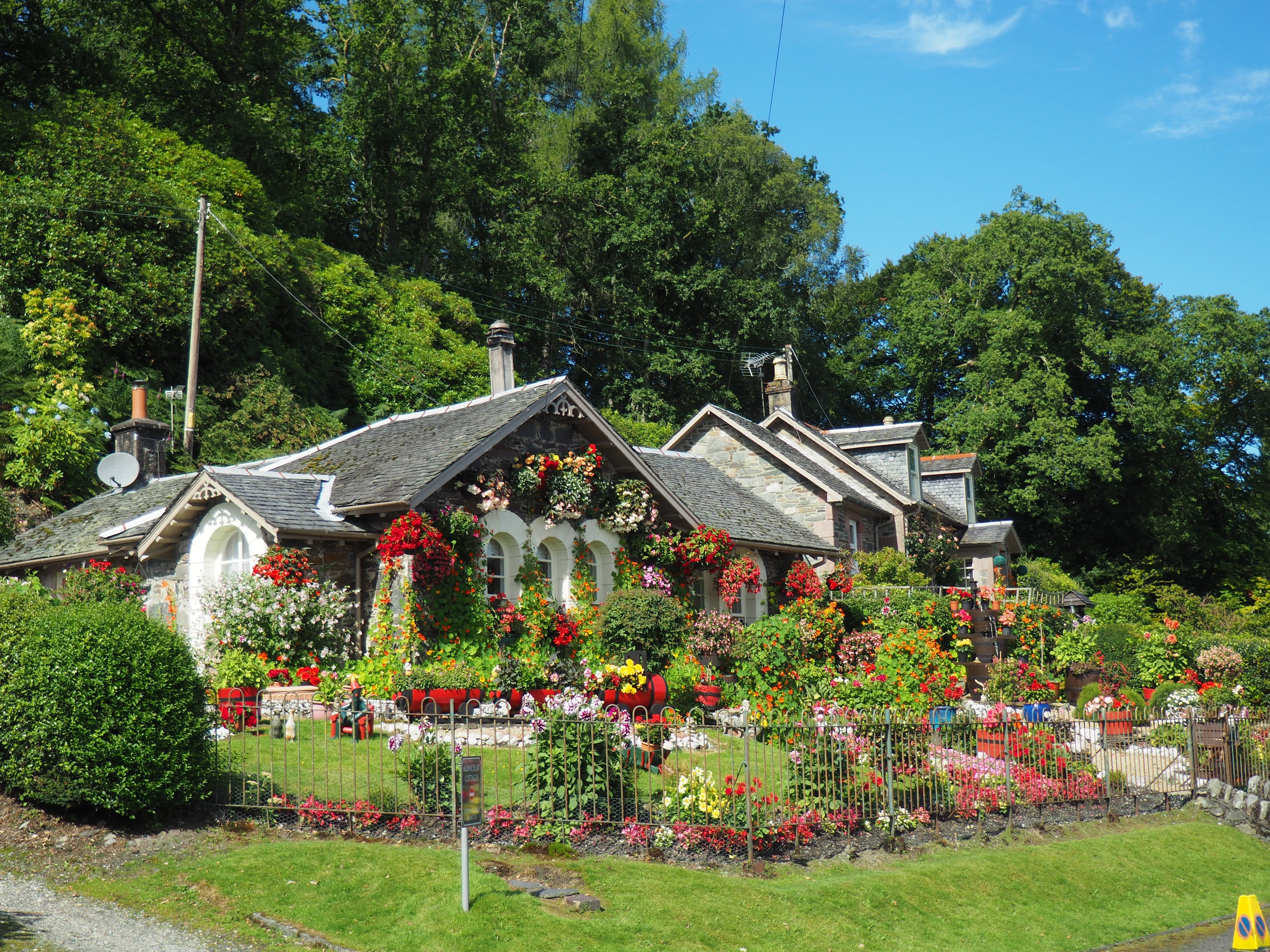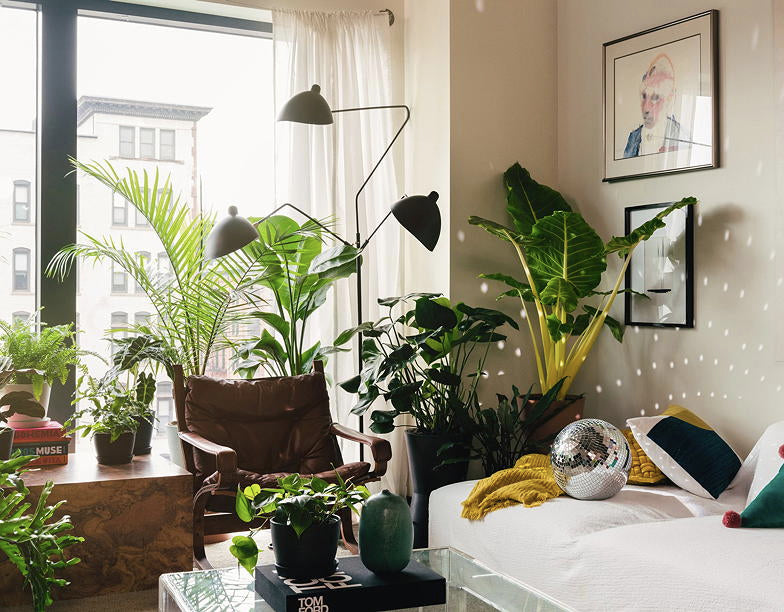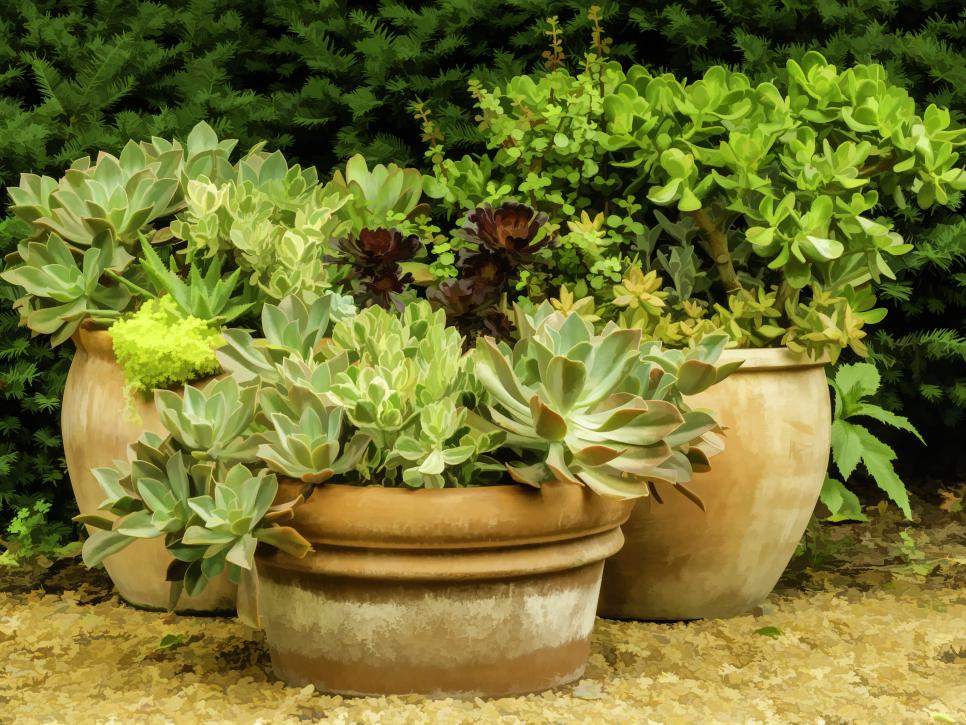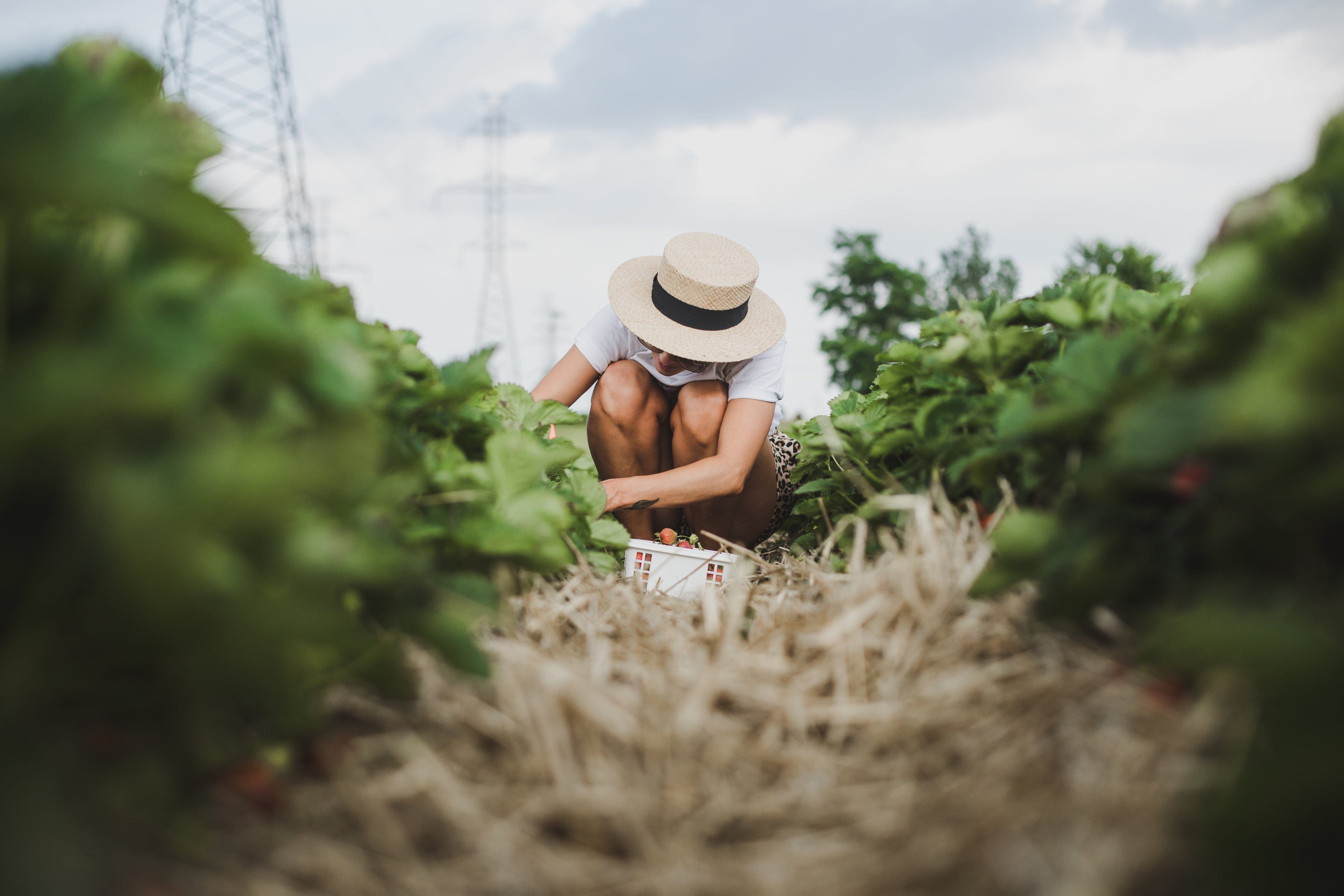
12 ways to create a sensory garden

When deciding on a sensory garden there are various ways to stimulate the senses with planting, water features, and landscaping
Creating a sensory garden can be more satisfying than one might imagine.
Curious as to what a sensory garden consists of? A sensory garden is a garden that has a variety of plants, landscaping designs, outdoor pots and water features, that engages one or more of the five senses; sight, smell, sound, taste, and touch.
When a person imagines their perfect garden, most people usually focus on one of their senses. Possibly you desire a garden that is attractive to the eye or maybe plants that bring magnificent smells.
Why limit yourself to just one sense, when you can create a sensory garden that can be so much more stimulating.
Get in touch with your inner green panther and use your outdoor spaces to capture natures best benefits.
Being outdoors amongst plants has been said to reduce stress and create a calming feeling, which will enhance your wellbeing.
We can even go as far as saying, use gardening as your therapy.
Horticultural Therapy is where a person uses gardens or plants to assist with emotional or physical healing. Not only will this stimulate your senses, it can also work to release stress, help with depression and alleviate negativity.
If you would like to learn more about how creating your garden can benefit you, read this article on Horticultural Therapy written by “Gardening Know How”
Another wonderful aspect of sensory gardening is that it can be created and modified to suit a variety of options from space to the goal one is trying to achieve.
Sound like a project you're interested in, below are 12 fantastic ideas that will allow you to create a perfect sensory garden, no matter the space you are working with:
1. Add water features

Water features are a popular addition to gardens and for good reason.
They engage more than one of those senses, when you see a water feature, it is most likely an attractive sight, it can change the whole look of your garden to create this zen relaxing environment.
The sound of water trickling against a hard object or running down into a below pond of water is one of the most calming sounds to hear. What about touch, placing your hand through the falling water giving you a happy sensation provided by one of our basic four elements.
Just having a water feature can take you away from city and into nature.
Having this attracts wildlife to your garden and breaks that greenery adding more contrast to the area.
Your options for what to use are endless, from water features offering moving or still water to ponds and bird baths.
2. Plant scented flowers close to the house

Having a beautiful smelling garden is one thing but allowing for those smells to whiff through to the house is a whole other victory.
Many plants have desirable smells and look lovely too. Catmint and lavender are two pretty purple flowers that offer a strong, charming fragrance.
Here are other options for nice smelling plants that you could chose from:
- Lilac
- Mock Orange
- Rhododendron
- Gardenia
- Honey Suckle
If you are interested in learning about what these flowers have to offer to the eye and nose, read further here.
3. Place stepping stones across water

Change your simple pond from being just a garden feature to a garden journey.
As mentioned earlier, a pond of water can have a calming effect as well as attract wildlife.
However you can make it so much more appealing by just adding stepping stones, not only will it look lovely, it allows you and others to interact with this feature.
Plant some attractive smelling flowers around the pond to create a lovely peaceful contrast which will engage your sense of smell, sight and touch.
4. Convert patio paving with plants

No matter the size, you can transform your patio, balcony or courtyard into a nature lovers’ gem.
Use the walls, fences or railings to plant species of evergreen climbing or ground-creeping plants such as Ivy, or place plant filled garden pots along the wall. This takes away the look and feel of being indoors and rather invites you into nature.
You could add a water feature and a variety of flowers that attract those much needed insects like bees, always try give back to the bees.
Another great idea would be to add stepping stones and plant greenery between them, taking away that dell pavement look.
You could also use this space to plant your herbs or even some fruit and veg.
5. Create a trendy look by adding corten steel

Corten steel is a great structural steel for outdoors as it does not require the need for painting, and forms a stable rust-like appearance from the exposure to weather.
If you are seeking that contrasting look, add a corten steel structure surrounded by curved beds combined with a mix of different foliage.
You could use a variety of plants such as ferns, ornamental grass, shrubs or possibly some Magnolias or Hydrangeas.
6. Create a sense of discovery with pathways or curved beds

The obvious reason for a pathway is to allow someone access from one place to another but that does not mean a pathway cannot be surrounded by beauty, adventure or creativity.
It offers a sense of excitement when walking through, maybe it’s the smell of the flowers as you walk by, the charming scenery or the ability to feel the foliage that surrounds you.
Creating a garden pathway lets one get in touch with nature and makes going from A to B a relaxing journey.
As stated by Ralph Waldo Emerson “Life is a journey, not a destination” Try thinking of your garden in the same way.
The pathway options are endless from paved to gravel and there will be one best suited for your garden.
Read more about garden path ideas.
7. Embellish your steps with roses

If your garden or outdoor area has steps or a walkway which needs something to make it more appealing, why not give roses a go.
When walking up those stairs or along the path, the smell of roses could change how you feel when you arrive at the other end.
Not only do a lot of roses offer a lovely fragrance, they are very easy on the eyes.
Traditionally roses are known for their deeper or symbolic meaning, you could apply this to the choice of roses you plant.
If you going for mystery you could plant a not often seen blue rose, or have your garden represent purity with white roses. You have the choice of portraying a garden based on relationships, with red for love and yellow for friendship or maybe you would like to represent charm and gracefulness by planting ivory roses.
Whichever colours you choose, roses are almost guaranteed to create beauty.
8. Add soft or unique textured plants

Touching plants is usually not the first sense that comes to mind when thinking about a garden but it is still an important one when creating a sensory garden.
Maybe you want to walk along a path with your hands out feeling along the way or even sit on a bench and touch the plants that surround you, whichever reason having soft textured plants can be the perfect addition to your sensory garden.
Good examples of soft textured plants are:
- Stachys byzantina
- Dusty Miller
- Mexican Bush Sage
- Licorice Plant( Enhancing the sense of taste too)
9. Add some garden furniture

The best way to enjoy and appreciate your garden is to sit in it. A bench or chair placed in the right spot is a perfect way to achieve this.
You could sit reading a book listing to your water feature or the wildlife or taking a moment to relax surrounded by the beauty nature has to offer. There are just so many reason to have a seating area amongst the sensory garden you create.
Choosing what furniture to add can spark some excitement, whether it be a rustic concrete bench or a trendy chair, make sure it is comfy for you, you can even have a small table nearby to place your lemonade on during a hot summers day.
Adding garden furniture also allows for you to break that greenery and add some contrasting colours and textures.
10. Boost the space with mirrors and lighting

Accessorise, using mirrors and different lighting to promote your sensory garden.
Soft lighting creates an ambiance while also allowing you to appreciate your space after dark.
Mirrors can make a space seem larger than it actually is, it also provides light reflections letting beams of sunlight warm the space.
Mirrors can reflect your features and plants enhancing that feeling of being surrounded by nature. A mirror can simply double the attraction of what your garden has to offer.
Choosing different shapes and sized mirrors can bring a somewhat mysterious feel.
11. Go green

Depending on the look you going for, there is always the possibility of going all green to create a calm and tranquil vibe.
Having all greenery enhances the feeling of being in nature, use the space you have to plant a wide range of green foliage.
You can fill those blank spaces under the trees with shaded plants or surround your pathways with green shrubs.
Cover those walls or fences with climbing vines.
Invest time in your green garden by planting trees, even smaller spaces can accommodate trees, read further on planting trees for small gardens.
Enhance your sense of taste by growing some herbs or green vegetables.
Click here for some quick guides to planting vegetable gardens.
Any area you are trying to fill can be completed by going green
12. Or plant a palette of bright, colourful flowers

If rather than trying to achieve a calming vibe, you are looking to excite those senses, go big, bright and beautiful.
There are so many shades and styles of flowers to choose from that will suite exactly what you desire.
If you looking to combined a mix of colors, then marigolds, sunflowers, alpine strawberries, Cosmos, geraniums and bright blue Delphiniums work well mixed together and will invite butterflies and bees.
Just remember are so many ways to create a sensory garden with a variety of plants to choose from.
If you are wanting to appeal to your smell and taste, try planting rosemary, thyme, mint and lavender.
If it's all about what you see, plant bold bright or unique flowers, like Butterfly weeds or Bleeding hearts, make sure to include garden furniture or accessories.
If your garden focus is what you hear, add water features and plants that attract birds or you can even add plants such as Balloon flowers, which when squeezing the “inflated” buds a popping sound is made.
Read more here about the best plants to attract birds to your garden
If you enjoy feeling your surroundings make sure to include soft textured plants and have a comfy seating nearby to them.
Even your balcony or patio can be turned into a sensory sensation.
While that thought is floating in your head, read how to plant up your patio and balcony.
Now that your senses are intensified, give yourself the opportunity to have this all the time, right outside your front door. Start your sensory garden here
Resources:




Leave a comment
This site is protected by hCaptcha and the hCaptcha Privacy Policy and Terms of Service apply.